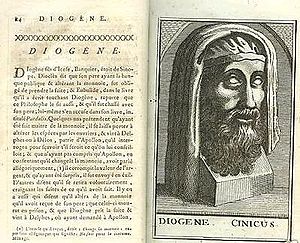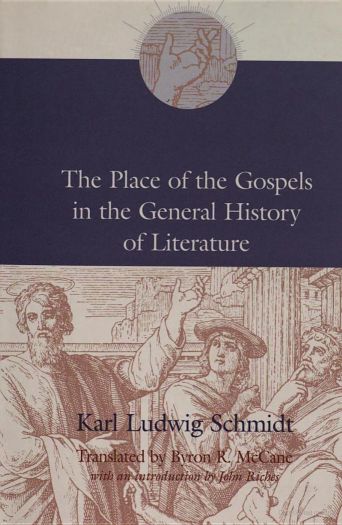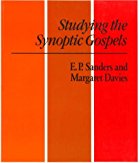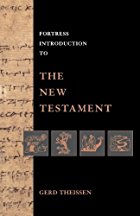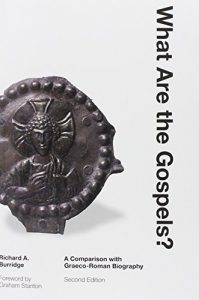Part 8: Attacking the foundations: The “uniqueness” of the gospels
A meeting of the minds
The form-critical consensus about the nature of the gospels had begun to crumble by the 1970s. No clear new way forward had emerged, but discontent with the current consensus was clearly growing. By the start of the next decade, the time was ripe for someone to take a hammer to the rotting timbers and to begin laying the footer for the new structure that would take its place.
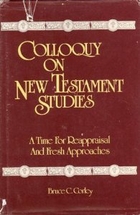
Mercer Univ Press (1983)
On the 5th and 6th of November 1980, the Southwestern Theological Seminary hosted a “Colloquy on New Testament Studies.” (You can read the proceedings in a book by the same name.) An important event in the history of NT scholarship, this colloquy attracted around 200 scholars and students, with many of the field’s luminaries — E. P. Sanders, Bruce M. Metzger, Vernon K. Robbins, and several others — in attendance.
In accordance with the theme, “A Time for Reappraisal and Fresh Approaches,” the colloquy’s seminars covered:
- The synoptic problem
- Gospel genre
- Pauline chronology
The first seminar was actually a two-for-one. Part one, led by Helmut Koester, focused on the development of Mark’s gospel. Naturally, the moderator in charge of the synoptic problem seminar, William R. Farmer, made sure his theory of Markan posteriority got a fair hearing. Hence, following Koester, David Peabody presented a kind of Griesbachian rebuttal. Similarly, the second half of the first seminar, “The Purpose and Provenance of the Gospel of Mark According to the ‘Two Gospel’ (Griesbach) Hypothesis,” was followed by a counterargument by John H. Elliot.
The seminar on Pauline chronology received comparable treatment, with a response following the “Seminar Dialog.” It was, after all, only fair to hear both sides of the story.
Enter John C. Meagher
Unfortunately, when it came time to demolish Karl Ludwig Schmidt in the seminar on gospel genre, nobody stepped up to provide a response. When John C. Meagher came forward to not praise Schmidt, but to bury him, no one uttered an opposing word.
By all accounts, the seminar’s moderator, Charles H. Talbert, had made an excellent choice. In selecting Meagher, he had picked a first-rate scholar with three doctoral degrees. If anything, as an expert in Shakespearean literature and the New Testament, with a solid background in the history of literature and widely hailed as a “brilliant” scholar, Meagher was perhaps overqualified.
Talbert writes that the program committee wanted a fresh perspective on the issue, so they . . .
. . . looked for someone who was not already registered on the genre question but who had competence in literary, theological, and exegetical matters. Professor John C. Meagher of St. Michael’s, the University of Toronto, seemed an ideal selection. Meagher was assigned the topic, “The Implications for Theology of a Shift from the K. L. Schmidt Hypothesis of the Literary Uniqueness of the Gospels.” (Colloquy p. 197, emphasis mine)
Continue reading “The Genre of the Gospels: How the Consensus Changed (Part 8)”


